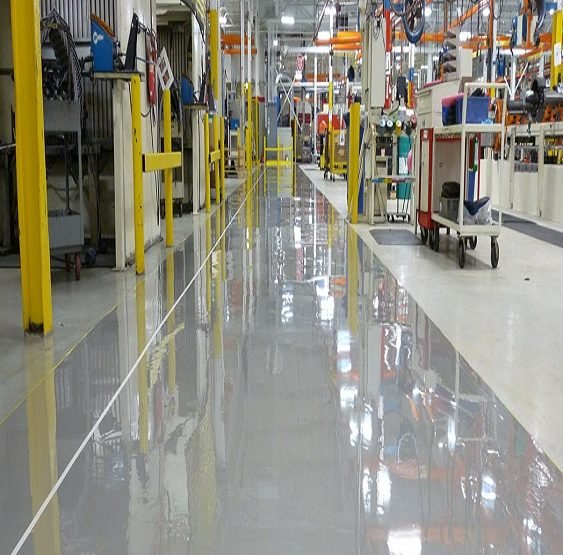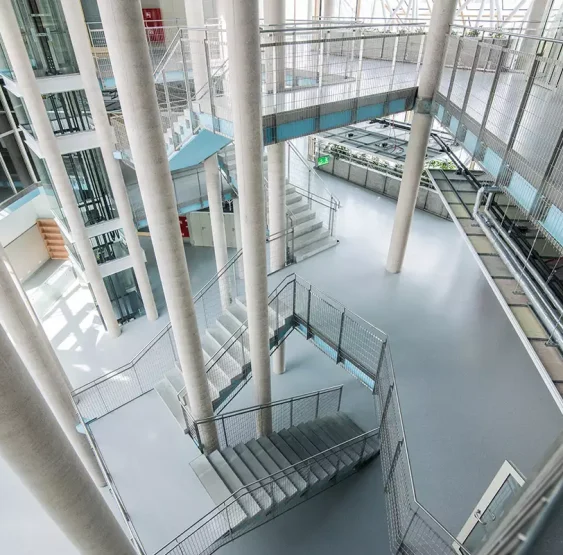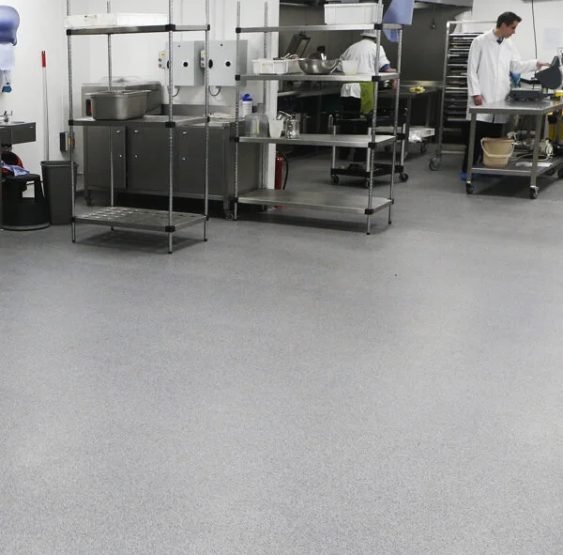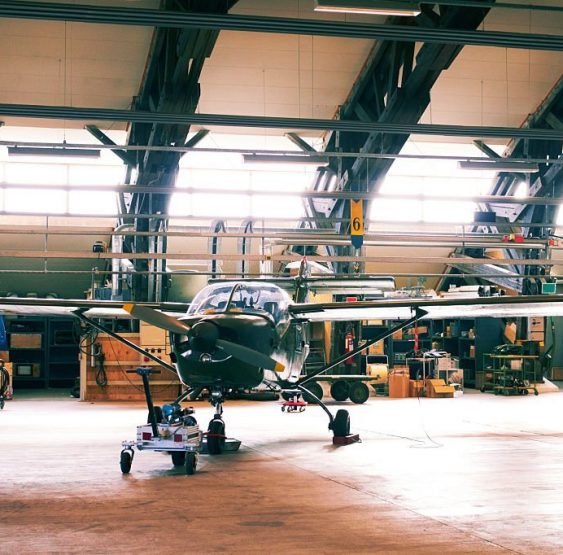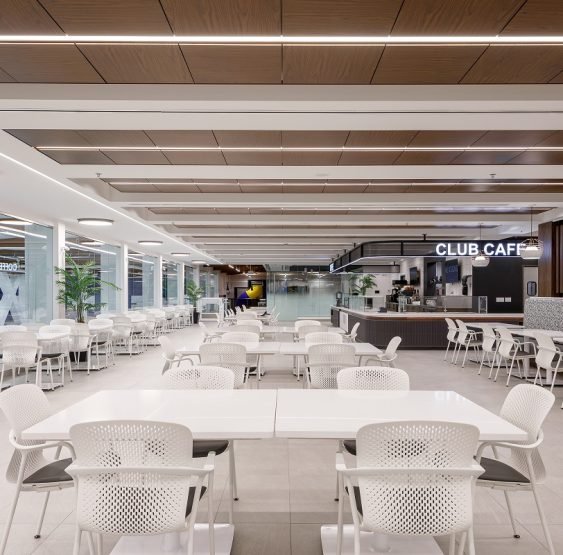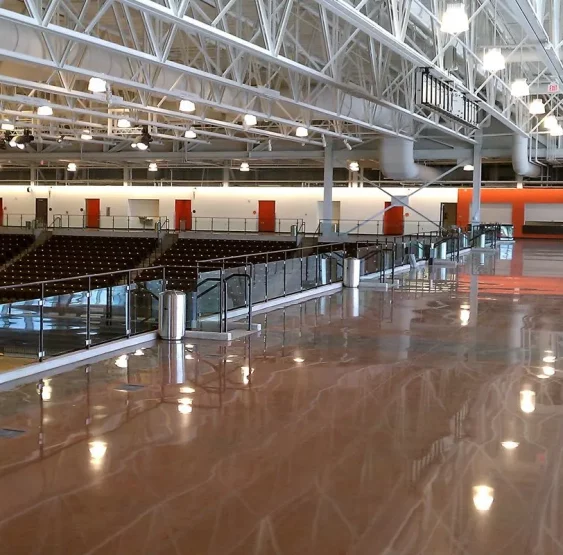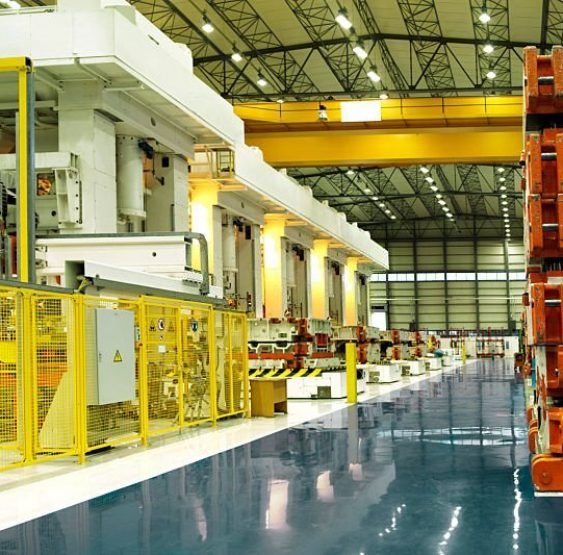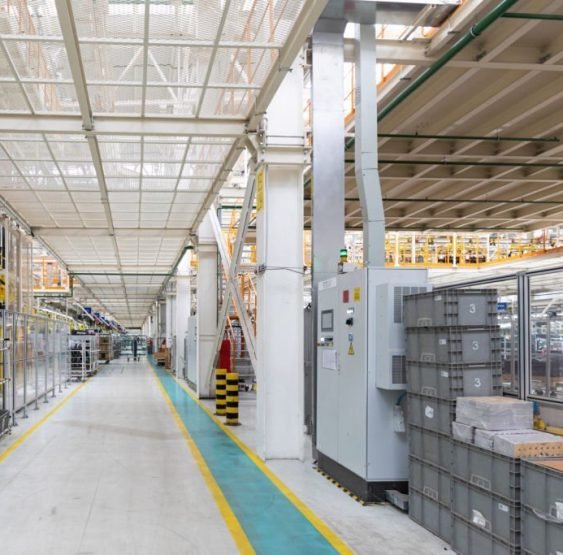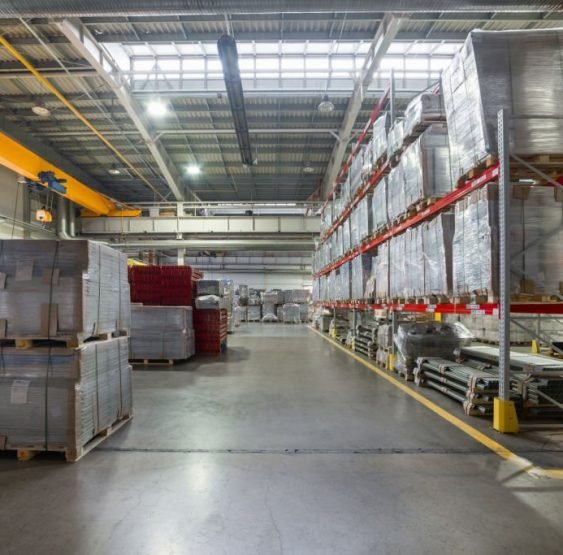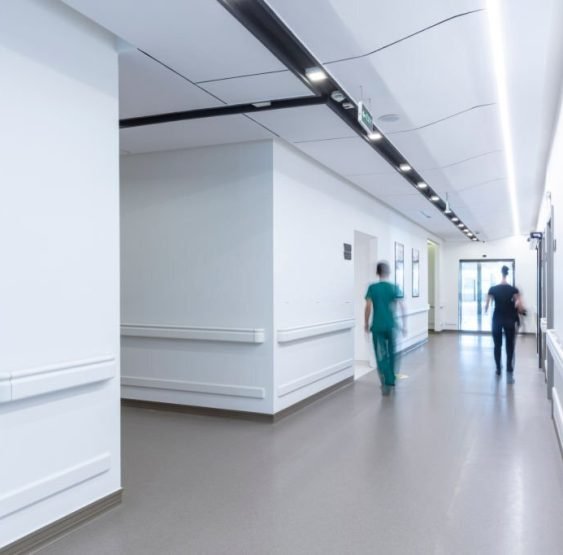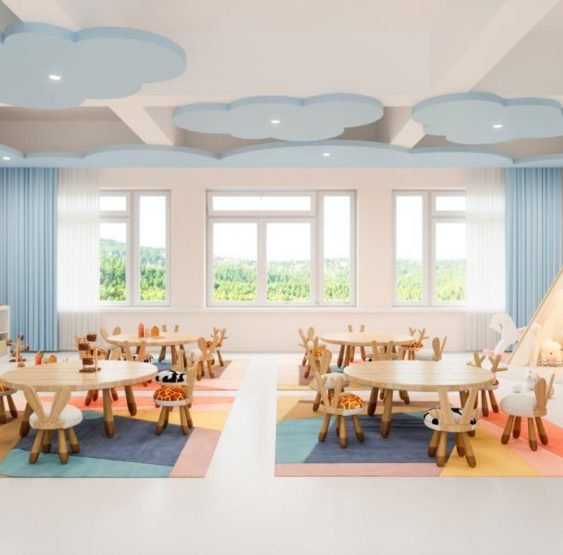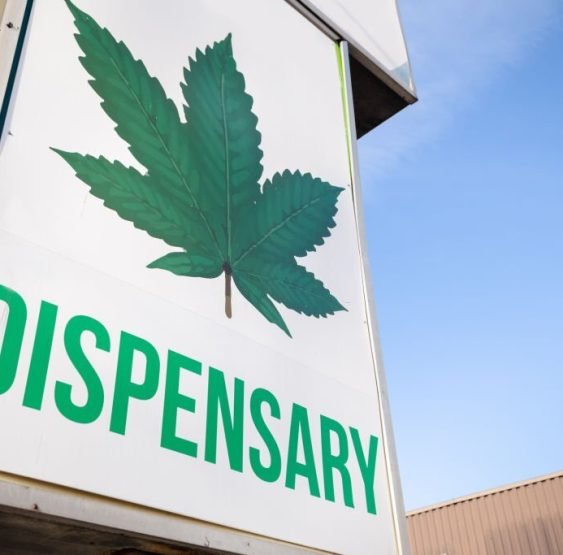Hospital & Operating Room Epoxy Flooring
Seamless • Sanitary • Hygienic • Slip-Resistant Protection
Priority One Epoxy Flooring installs high-performance hospital and healthcare flooring systems across Vancouver, BC & throughout Canada. Our seamless epoxy, urethane-cement, and polyaspartic coatings meet the highest standards of hygiene, safety, and durability — ideal for operating rooms, sterile cores, laboratories, corridors, and patient care areas.
Hospital & Operating Room Epoxy Flooring — Vancouver & British Columbia
Seamless • Sanitary • Heavy-Duty Resinous Flooring by Priority One Epoxy Flooring
Priority One Epoxy Flooring designs and installs hospital-grade epoxy, urethane-cement, ESD, and polyaspartic systems across Metro Vancouver, the Fraser Valley, Vancouver Island, the Okanagan, and healthcare facilities throughout British Columbia. From operating rooms and sterile cores to diagnostic suites, laboratories, pharmacies, corridors, food service, and patient support areas, our seamless, non-porous floors combine hygiene, slip resistance, chemical resilience, and long-term durability. Systems are engineered for frequent disinfection cycles, wet cleaning, point-load equipment traffic, and demanding lighting environments where low glare and visual uniformity matter for clinical performance.
We specify urethane-cement for thermal-shock zones, 100% solids self-leveling epoxy for high-build durability and cleanability, ESD conductive/dissipative layers where static control is required, and UV-stable polyaspartic topcoats when rapid return-to-service or daylight stability is essential. Every installation includes moisture testing, ICRI-aligned surface preparation, integral cove bases, and documented QA/QC so your facility maintains compliance and minimizes disruption to operations.
Featured Canadian Hospitals
Below is a small gallery of notable Canadian hospitals to anchor the healthcare context. Replace these with licensed images from your own portfolio for maximum visual relevance and SEO impact.




Why Hospitals & ORs Need Purpose-Built Seamless Flooring
Healthcare floors face stricter conditions than typical commercial interiors. Daily sanitation cycles introduce quats, peroxides, chlorine, enzymatic agents, and strong detergents that can soften or discolor conventional finishes. Rolling loads from anesthesia carts, microscopes, mobile imaging devices, and patient beds concentrate stress on small wheel footprints. Continuous staff and visitor traffic can polish low-grade coatings to a slick sheen, increasing fall risk. In ORs and procedure rooms, light reflectance and color fidelity are critical for visibility; inconsistent sheens or glare can contribute to visual fatigue.
Our resinous systems address these issues by removing grout lines and control-joint ledges that trap soil, forming integral cove bases for a continuous floor-to-wall transition, and tuning texture for wet-process slip resistance while preserving cleanability. With correct concrete preparation and moisture control, monolithic floors protect the slab, reduce lifecycle cost, and maintain a professional, hygienic appearance long after sheet goods or tile assemblies begin to fail.
Application Areas — Where These Systems Perform Best
Operating Rooms & Sterile Cores
OR floors must tolerate aggressive disinfectants, frequent wet cleaning, and wheeled surgical equipment. We specify high-build epoxy or urethane-cement with matte/satin topcoats to control glare and support accurate color perception. Seamless cove bases and tight detailing at thresholds speed terminal cleans and reduce harborage points.
Decontamination, Central Sterile & Clean Rooms
Thermal cycling and moisture make urethane-cement a workhorse in these zones. The material resists hot water, steam, and chemical attack while maintaining a micro-texture that remains easy to sanitize with autoscrubbers.
Diagnostic & Imaging Suites
In MRI, CT, cath labs, and interventional radiology, we incorporate conductive or static-dissipative layers for ESD control. When vibration or sound control matters, we can integrate underlayments while preserving a seamless, cleanable wear surface.
Pharmacies, Laboratories & Blood Banks
Smooth, high-build epoxy with a satin urethane topcoat balances stain resistance and cleanability. Where wet benches and sinks are common, quartz broadcast finishes add traction without compromising washdown efficiency.
Corridors, Lobbies & Patient Support Areas
These zones combine aesthetic expectations with constant rolling traffic. Self-leveling epoxy creates level, abrasion-resistant surfaces that resist heel marks, while polyaspartic topcoats allow fast overnight phases so routes can reopen by morning.
Hospital-Grade Flooring Systems We Install
Urethane-Cement (Polyurethane Cement)
Choose PU-cement where thermal shock, saturation, or frequent hot-water cleaning occurs—decontamination rooms, sterile processing, soiled utility, dish rooms, and certain OR support spaces. The resin’s crosslink density resists swelling and softening, while the cementitious component manages temperature swings and vapor more effectively than many pure polymer films.
100% Solids Self-Leveling Epoxy
For corridors, labs, and ORs requiring a smooth, monolithic finish, self-leveling epoxy delivers high build, abrasion resistance, and chemical durability. Systems can be smooth, fine-texture, or decorative (quartz/flake), then finished with satin or matte urethane to dial in reflectance and cleanability.
Static-Dissipative (ESD) & Conductive Systems
Where workflows or devices are ESD-sensitive, we add conductive primers and ESD-rated wear layers, complete with copper grids and documented resistance values during QA. These systems help protect sensitive electronics and maintain consistent equipment performance.
Polyaspartic & Fast-Cure Topcoats
Polyaspartic chemistry enables rapid recoat and early return to service—often within 24–48 hours—while resisting UV yellowing in daylight-exposed public spaces. These topcoats also deliver excellent chemical resistance and abrasion performance for high-traffic facilities.
Specification Highlights
- Surface Profile: ICRI CSP 2–4 via shot blasting or diamond grinding
- Moisture Control: Testing per ASTM F2170; moisture-vapor barrier primers where required
- Slip Resistance: Micro-textures tuned for wet cleaning protocols and staff safety
- Topcoat Sheen: Satin or matte to reduce glare under surgical lighting
- Point Loads: Designed for heavy beds, lifts, carts, and mobile imaging devices
- Wayfinding: Solid tones, zoning bands, and coved bases for visual clarity
Typical Applications
- Operating Rooms & Sterile Cores
- Decontamination, Soiled & Clean Utility
- Pharmacies, Labs & Specimen Processing
- Imaging, Cath Labs & Diagnostic Suites
- Corridors, Lobbies & Staff Areas
- Food Service & Back-of-House Support
Our Installation Process — Detailed & Documented
Active hospitals demand predictable work. We coordinate with facility operations, infection-control teams, EVS, and clinical leadership to phase work zones, manage egress routes, and minimize downtime. Our documented process keeps teams aligned and risk controlled.
- Assessment & Testing: RH moisture probes (ASTM F2170), pH checks, adhesion pulls, flatness, and joint/delamination mapping. We document contaminants and water migration paths before design.
- Substrate Remediation: Crack chasing and repair, spall patching with polymer-modified mortars, joint rebuilds with semi-rigid urethanes, and removal of weak overlays or contaminated layers.
- Surface Preparation: Shot blasting or diamond grinding to achieve the specified ICRI profile; HEPA extraction and dust control to protect adjacent zones.
- Primers & MVB: Penetrating primers stabilize porosity; moisture-vapor barriers address elevated slab RH where needed.
- System Build: Self-leveling epoxy, quartz broadcast, or urethane-cement placed to thickness; integral coves formed in place; terminations detailed at thresholds, drains, and transitions to resilient finishes.
- Topcoats: Satin/matte urethane or polyaspartic finishes optimized for chemical resistance, light reflectance, and longevity.
- QA/QC & Handover: Dry film thickness checks, ESD resistance readings (where applicable), slip-resistance targets, cure logs, and care/maintenance documentation with warranty.
Where odor sensitivity is critical, we deploy air scrubbers, negative pressure, and low-VOC chemistries. Night work and weekend shifts keep essential routes available and accelerate project schedules without compromising outcomes.
Compliance, Cleanability & Standards Alignment
Flooring is one component of a comprehensive infection-prevention and environmental safety strategy. Our systems and methods prioritize smooth, cleanable surfaces; robust containment during construction; and durable, non-shedding finishes. We provide chemical-compatibility guidance for EVS teams and recommend sheens and textures that balance cleaning throughput with staff safety. For projects with sustainability or patient-experience targets, we can specify low-VOC materials and coordinate color schemes that support wayfinding and stress reduction.
For ESD-sensitive or imaging spaces, we test and document electrical resistance values and continuity. In multi-storey facilities or over critical rooms, we can integrate waterproofing membranes and coordinate flood-testing protocols per consultant direction to protect spaces below.
Benefits & ROI — Beyond First Cost
- Lower Cleaning Time: Seamless, coved surfaces reduce scrubbing effort and chemical usage versus grout-lined tile.
- Fewer Repairs: Monolithic coatings resist cracking and grout loss, extending intervals between maintenance events.
- Improved Safety: Tuned textures maintain traction even with wet cleaning cycles and heavy traffic.
- Fast Return-to-Service: Polyaspartic topcoats and phased scheduling minimize downtime in public and clinical areas.
- Professional Aesthetics: Uniform sheen and color support clinical visibility and a clean, modern appearance for patients and staff.
Lifecycle & Maintenance
Resinous floors are predictable to maintain. Smooth or fine-texture surfaces clean efficiently with autoscrubbers and neutral detergents; periodic topcoat refreshes extend service life at a fraction of replacement cost. Compared with sheet goods that seam-split or textured tile that traps soil in grout, a properly designed resin system keeps cleaning labor and chemical consumption in check while preserving appearance.
Case Snapshot — BC OR Support & Corridor Upgrade
A BC hospital needed to upgrade corridors and OR support spaces suffering from worn sheet goods, open seams at the wall line, and chronic staining around equipment bays. Our team phased the work during evenings, established containment and negative air, and installed a high-build self-leveling epoxy with integral cove bases and a satin urethane topcoat. After turnover, EVS reported faster end-of-shift cleaning, fewer odor complaints, and improved appearance under surgical-area lighting. The facility team appreciated the monolithic detailing at thresholds, which eliminated recurring patch repairs and trip-edge issues.
Service Areas — Where We Work
Priority One Epoxy Flooring mobilizes healthcare-experienced crews across British Columbia, including:
- Metro Vancouver — Vancouver, Burnaby, Richmond, North Shore, Surrey, Tri-Cities
- Fraser Valley — Langley, Abbotsford, Chilliwack, Mission
- Vancouver Island — Victoria, Nanaimo, Courtenay, Campbell River
- Okanagan & Interior — Kelowna, Penticton, Vernon, Kamloops, Prince George
Ready to Upgrade Your Hospital & OR Flooring?
Protect patient care areas, simplify cleaning, and extend service life with a flooring system engineered for healthcare. Contact Priority One Epoxy Flooring for a free site assessment and tailored specification — we’ll map your substrate conditions, select the right system for each zone, and schedule phased work to minimize disruption.

